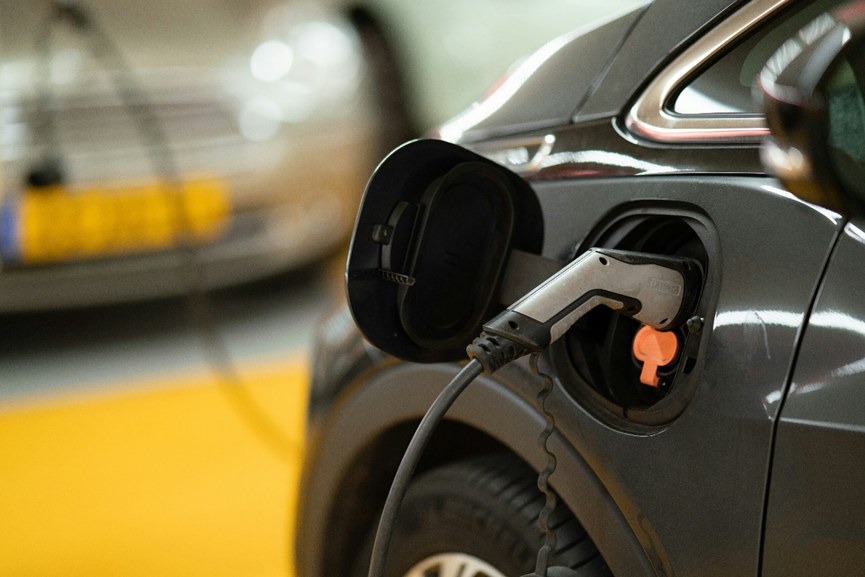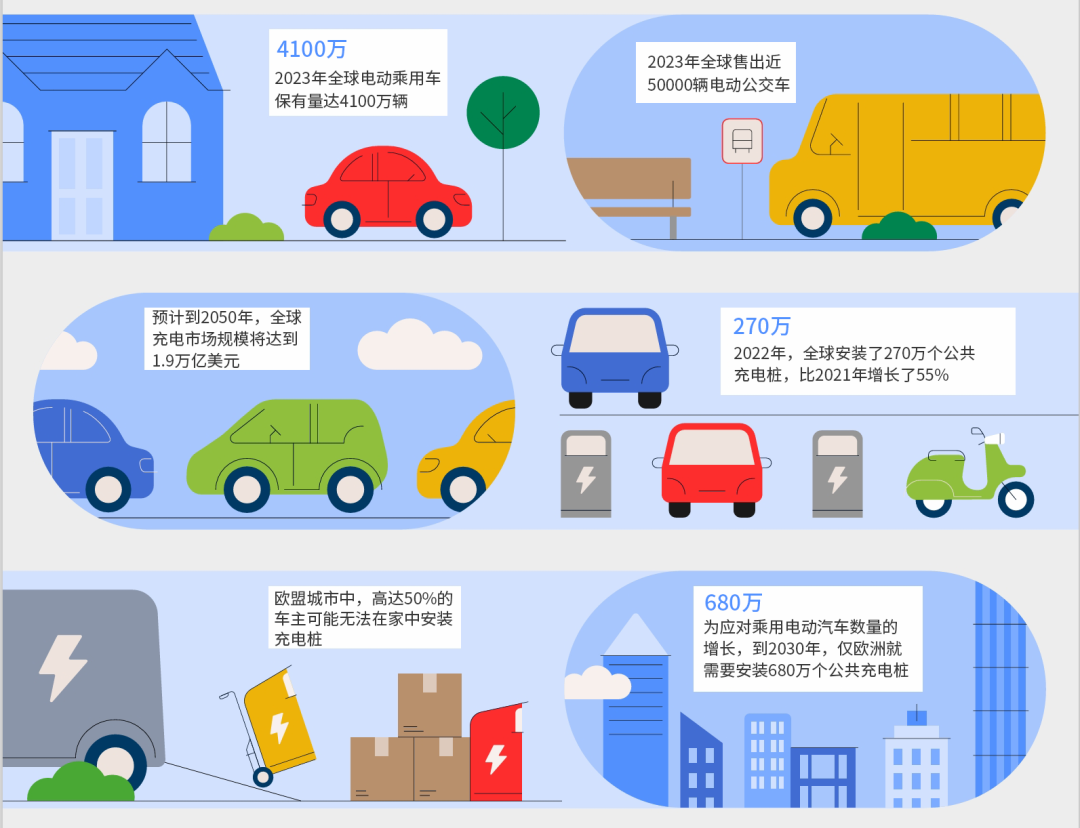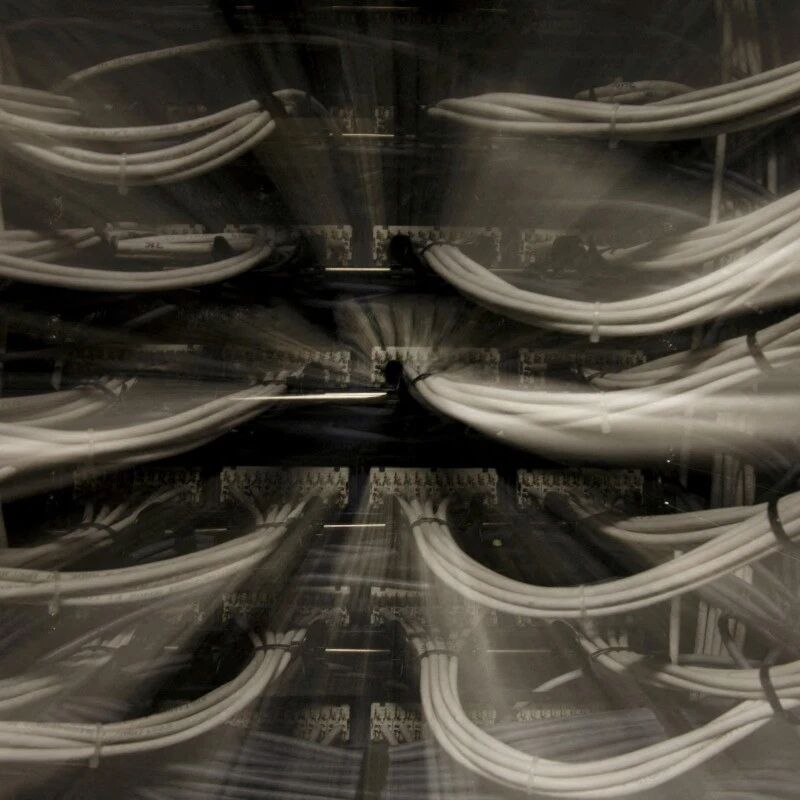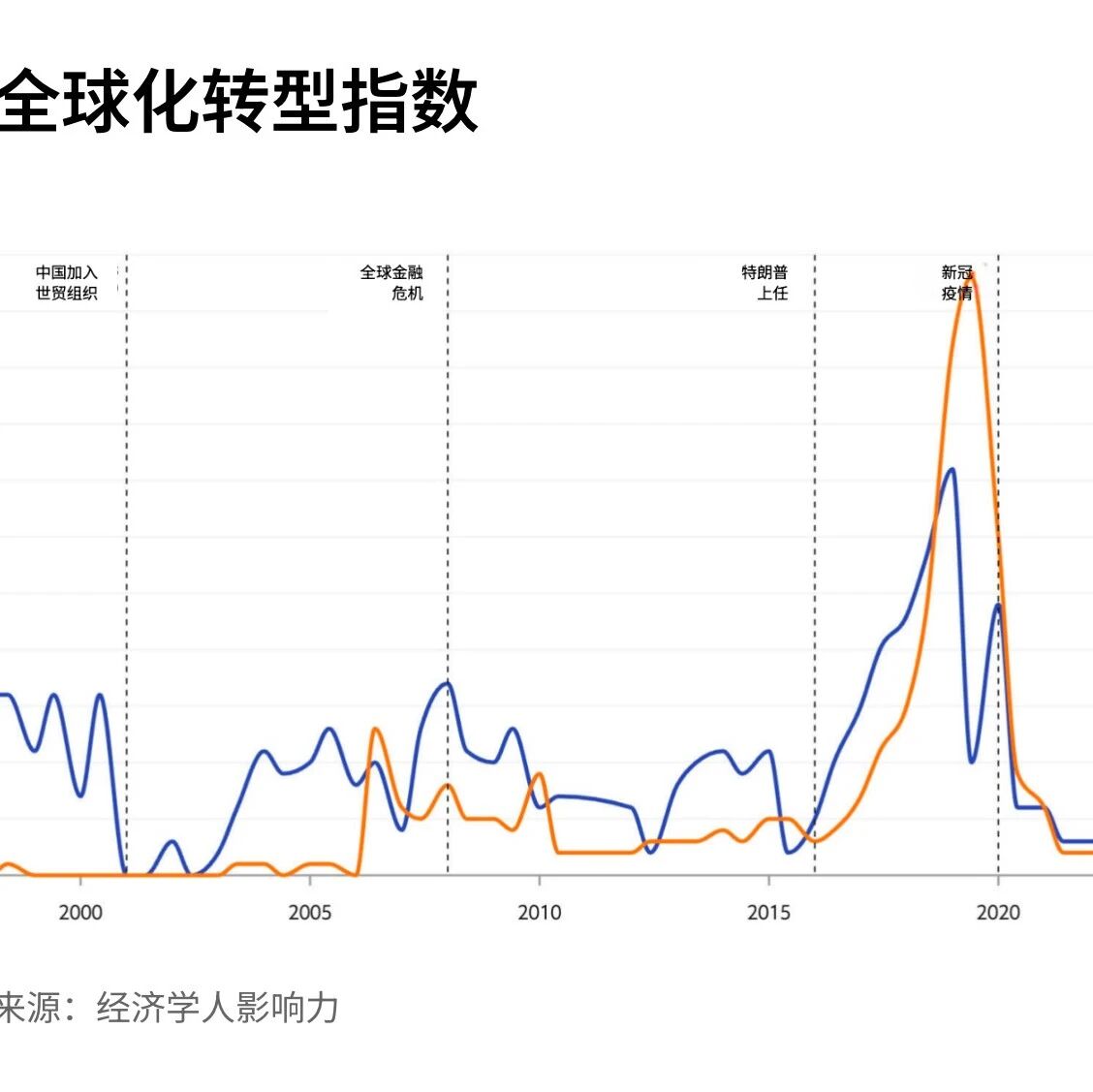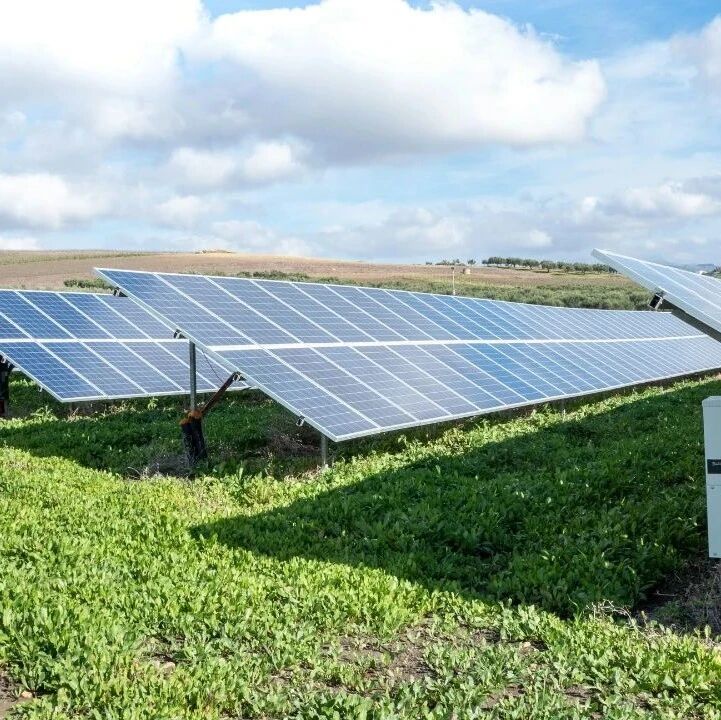The development of public charging infrastructure for electric vehicles in cities has not progressed as well as expected.
Image source:Unsplash/Michael
David Elliott
Senior Writer for the Forum Agenda
Electric vehicle sales are surging, but for widespread adoption to succeed, innovation is still needed in areas like charging infrastructure and battery technology.
A new report from the forum highlights that public charging infrastructure in many cities is progressing slowly and failing to meet demand.
Here are some of the latest innovations in electric vehicles, ranging from public charging to other cutting-edge applications.
Although electric vehicle (EV) sales are growing rapidly, research shows that many people would only consider switching to an EV if improvements were made in areas like charging speed, range, and price competitiveness.Here are some of the innovations the industry has made to address these issues:Not everyone has an electric vehicle charging point at home. Reducing the barriers to EV adoption has become a key focus of many recent innovations, including battery-swapping solutions.The battery replacement service allows users to quickly swap their depleted batteries for fully charged ones, typically through a subscription model, offering a range of potential benefits. First and foremost, it’s incredibly convenient—companies claim the process takes just five minutes, a timeframe comparable to the time it takes to park a car and refuel.Additionally, customers can choose to purchase only the vehicle body while leasing the battery pack, thereby reducing the upfront cost of buying an electric vehicle. Moreover, battery swapping allows batteries to be charged at a slower pace, which helps extend their lifespan. This approach also offers potential benefits for the power grid, as battery-swapping stations can recharge during off-peak hours, easing overall energy demand.The concept of battery swapping isn’t new, but until recently, it hadn’t yet seen practical implementation. Today, several companies are working hard to change that narrative—they’re committed to delivering customers the fastest and simplest possible battery-swapping experience. Take Nio, a China-based company with thousands of battery-swapping stations worldwide.According to the International Energy Agency's (IEA) latest "Global Electric Vehicle Outlook," electric vehicle sales are driving growth in battery demand, as the battery industry "is accelerating plans to develop more affordable chemistries and innovative designs."Currently, the most widely used type of electric vehicle battery is the lithium-ion battery, which offers advantages such as a high power-to-weight ratio and excellent energy efficiency. Experts are actively exploring ways to enhance battery technology, aiming to increase capacity, accelerate charging speeds, reduce costs, and address challenges related to the supply of critical battery materials like cobalt and lithium.For instance, lithium-iron-phosphate (LFP) batteries are growing in popularity—though their production requires lithium, they don’t need critical minerals like cobalt and nickel. According to the International Energy Agency, by 2023, these batteries will meet more than 40% of global electric vehicle demand, doubling the share they held last year. China currently accounts for the majority of this market, while high-nickel-content chemistries remain the most common in regions such as Europe and the U.S.Solid-state batteries are a promising alternative to lithium-ion batteries, offering the potential to boost battery life and reduce charging times. Several companies, including Nissan, are already developing solid-state batteries that use solid electrolytes instead of liquid ones. This innovative design enables higher energy density in a smaller footprint, which could lead to longer driving ranges and faster charging—thanks to their enhanced ability to efficiently transport electrical charges. Nissan Motor Company has announced that these batteries are half the size of conventional ones yet deliver twice the energy, effectively doubling the range of electric vehicles.Sodium-ion batteries use sodium instead of lithium, cobalt, or nickel. This technology does not improveBattery performance, yet costs can be reduced because the materials used are more abundantly available.The World Economic Forum's latest white paper, "Scaling Up Investment in Electric Vehicle Charging: A City Policy Roadmap," highlights that while global EV sales are surging, public charging infrastructure in many cities is lagging behind, failing to keep pace with growing demand.The white paper highlights that investing in electric vehicle charging infrastructure requires collaboration between the government and the private sector. A prime example is the U.S. startup It's Electric, which has developed roadside charging stations that draw power directly from buildings rather than connecting directly to the grid itself. This innovative approach can help cities tackle challenges in expanding public charging infrastructure—such as high-density urban environments and limited grid capacity—while paving the way for more sustainable urban mobility solutions.With the growing number of electric vehicles in use, millions more public chargers will be needed to meet charging demands.
Image source:World Economic Forum
The company aims to collaborate with property owners to identify suitable buildings and work with municipal authorities to secure the necessary permits, ultimately establishing a network of chargers that will help the U.S. meet the potentially surging demand for Level 2 charging—chargers commonly used in homes and public spaces.Other innovative public charging solutions include repurposing old telecom cabinets in Scotland, as well as installing chargers directly on utility poles. Cities like London and Los Angeles are already leveraging their existing pole and streetlight infrastructure to deploy electric vehicle chargers.When your car's battery runs low on the road, it’s only natural to want to recharge as quickly as possible. That’s why it’s no surprise that the number of fast-charging stations in public charging networks is growing faster than that of slow-charging units.China is a global leader in this area, accounting for more than 85% of the world’s fast-charging stations. This includes Beijing’s ultra-fast charging stations, which can charge up to 700 electric vehicles every day. Each station can simultaneously power 6 to 8 cars and fully recharge vehicles capable of rapid charging in as little as 10 minutes.Beijing is planning to build an ultra-fast charging station network capable of charging over 8,000 vehicles daily.In a world where cars can charge while driving, the dreaded range anxiety will gradually fade away—thanks to the electrified roadways that make it all possible.There are three ways to create this type of road: an overhead wire system, suitable for heavy vehicles like buses or trams; conductive charging, where vehicles recharge by making contact with metal strips embedded in the road tracks; and inductive charging, which uses equipment installed beneath the road surface to wirelessly transfer electricity directly to coils inside the vehicle, effectively charging the battery—similar to how wireless charging works for smartphones. Experts say this "dynamic charging" technology allows drivers to travel longer distances using smaller batteries, while also eliminating the need to wait at charging stations, especially in remote or high-traffic areas.A key focus of electrified roads is maintaining the charging status of heavy-duty vehicles, but a recent Swedish study found that combining home charging with electrified roadways could reduce the battery size of private electric vehicles by up to 70%. Sweden is currently leading several electrified road projects, including the construction of the world’s first permanent electrified highway. Meanwhile, the U.S. is planning its own inaugural electrified road in Detroit, Michigan.Electrified roads can utilize electricity from green energy sources such as the power grid, batteries, or solar panels.
The above content solely represents the author's personal views.This article is translated from the World Economic Forum's Agenda blog; the Chinese version is for reference purposes only.Feel free to share this on WeChat Moments; please leave a comment below the post if you’d like to republish.
Translated by: Sun Qian | Edited by: Wang Can
The World Economic Forum is an independent and neutral platform dedicated to bringing together diverse perspectives to discuss critical global, regional, and industry-specific issues.
Follow us on Weibo, WeChat Video Accounts, Douyin, and Xiaohongshu!
"World Economic Forum"

